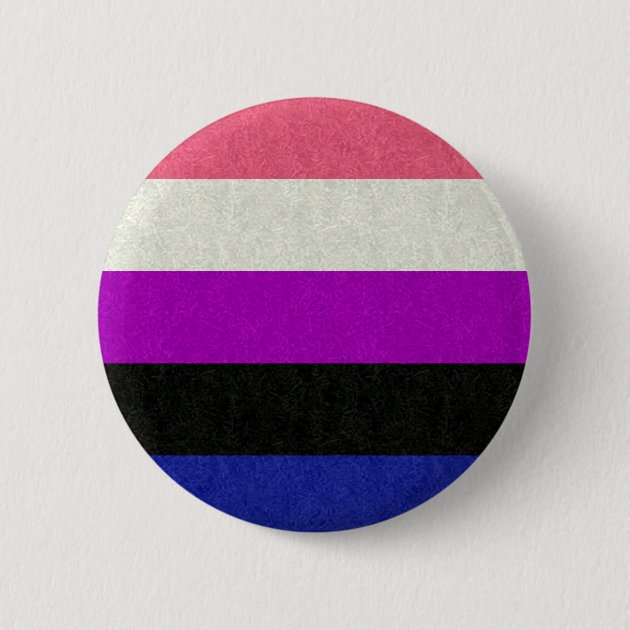
This section looks at some of the other identities that can accompany genderfluid. They may identify with another term entirely. People may use the term “genderfluid” to describe their gender identity, or they may use it in combination with other identities. What are some different types of gender identity?.Sex and gender: What is the difference?.Genderfluid people may also change their gender expression however much they please. There is no one-size-fits-all way for genderfluid people to express their identity.įor example, genderfluid people might present themselves as feminine, masculine, neutral, androgynous, and more. People may wish to express their gender through their clothes, makeup, hairstyles, voice, pronouns, body language, and more.Ī person who is genderfluid may express their gender in any way they feel comfortable. Gender expressionĪccording to Gender Spectrum, gender expression is how people present their gender to themselves and the world. A person’s gender identity may be the same as their sex assigned at birth, or it may differ.Īs people gain a broader range of terms for describing gender, they may choose to use different terms over time to describe themselves. Gender identity is also the name or label people use to describe their gender to others. People may also perceive themselves as another identity that falls outside these classifications. A person may feel masculine, feminine, a mixture of both, or neither. Gender identity is a person’s internal sense of their gender. There is no standard definition for genderfluidity. Their gender may shift over a day, a week, months, or years.īecause gender identity is very personal and specific to each individual, people may see and use the term “genderfluid” differently.

Genderfluid people may move between different genders throughout their life. People who are genderfluid may find that their gender identity changes rather than remaining fixed. Ready to stay in touch? Join nearly two million other readers who are learning from Cade.Share on Pinterest Ana Luz Crespi/Stocksy What do you love about this flag and does it represent your personal identity? Share your thoughts in comments below. Today, gender fluidity has created an entirely new reality where gender and self expression are limitless. For so long we were forced to identify as either a man or a woman and those who didn’t fall into either of the two categories felt like they couldn’t fit in anywhere. In recent years, our vocabulary for describing the many variants of the human condition has been expanding. This color was chosen because white light comprises all hues on the visible light spectrum. White for All Gendersįinally, the white stripe represents the wide range of gender identities experienced by gender fluid individuals.

Thus, the black stripe represents the experiences of those who do not experience gender. Black for the Lack of GenderĪs a color, black is the absence of light. The purple stripe of this flag represents the way in which feminine and masculine energies are frequently embodied together by gender fluid individuals. Purple for Both Masculinity and Femininity The blue stripe of this flag represents the masculine energy often experienced by gender fluid individuals.

The pink stripe of this flag represents the feminine energy often experienced by gender fluid individuals.


 0 kommentar(er)
0 kommentar(er)
